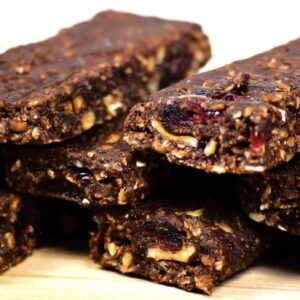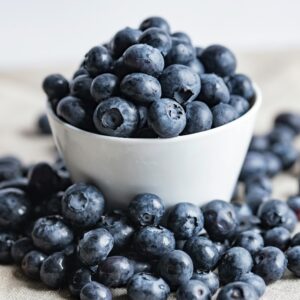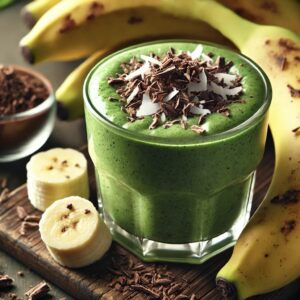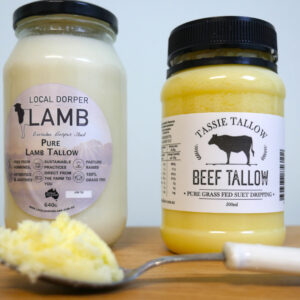I am not a vegetarian but I have friends who are and they constantly find it a challenge to include a broad array of high quality, clean protein options in their diets. Then along comes lupin flakes. What’s lupin, my vegetarian and vegan friends ask?
In a nutshell, lupin is a legume, not a grain (or a nut….. apologies for the very bad pun!) and it is chock full of protein, prebiotic fibre, antioxidants, potassium and iron.
Lupin has been a part of human nutrition for centuries. More recently, lupin is grown as a rotation crop that restores the balance of our soils and as well as being used as a highly nutritious livestock feed.
The lupin we eat, Australian Sweet Lupin, is produced by removing the hull from the whole lupin bean, then milling it into flat flakes creating a more versatile and usable product.
what can this little flake do for you?
A nutritional profile of 40% protein, 37% dietary fibre (including prebiotic fibre – the good gut stuff!), very low carbohydrates at 4% and 6% fat (with a favourable ratio of omega 3 to 6) is a pretty good start.
Studies have also shown lupin can:
- increase satiety, which helps decrease your energy intake over the day, assisting in weight management
- positively influence the glucose metabolism, improving the insulin response
- lower blood pressure
- contribute to gut health
- prevent constipation and therefore decrease the risk of colon cancer
- when added to baked goods can significantly reduce the carbohydrate load of that food
Lupin flakes are also high in antioxidants, particularly caretenoids, and high in minerals, potassium, magnesium, calcium, zinc and iron.
The bio-availability of the essential nutrients in lupin is high due to the low or negligible amounts of gastric and digestive inhibitors found in other commonly used legumes. Lupin contains negligble amounts of Tripsin inhibitors, is low in lectins and saponins and low in phytic acid. However, be aware, the allergy profile of lupin is the same as other legumes and has been recently classified by Food Standards Australia as an allergen. So please be mindful if you are susceptible to allergies.
To top it all off, lupin is a very sustainable product.
It is non-GMO, uses minimal water to grow and assists in replacing nitrogen back into the soil. What a bonus!
great! how can I eat it?
You can use lupin flakes as a breadcrumb replacement; chickpea replacement for hummus or falafels; lentil replacement in curries; as a gluten free side dish alternative for couscous and rice; part replacement flour or nuts in baking; add to soups and sauces as a thickener; and, as a toasted granola.
A new ingredient for the kitchen pantry that you can use for savoury or sweet! We recently had an instore tasting at Go Natural Foods showcasing lupin flakes from the Lupin Co and the toasted granola was a hit!!
Our friends at The Lupin Co have put together an amazing amount of information to inform the uninformed. You can find them here.
While you are visiting them there, check out their fantastic recipes. I am about to head back into the kitchen to make a batch of lupin falafel (and maybe some more of that granola).
you may also like:
Lupin, haloumi and sweet potato burgers
Lupin, coconut and apple breakfast bake
Lupin, cinnamon and coconut granola
“This blog is based on the personal experiences of the writer. It is not intended to take the place of medical advice, diagnosis or treatment from a health care professional”











